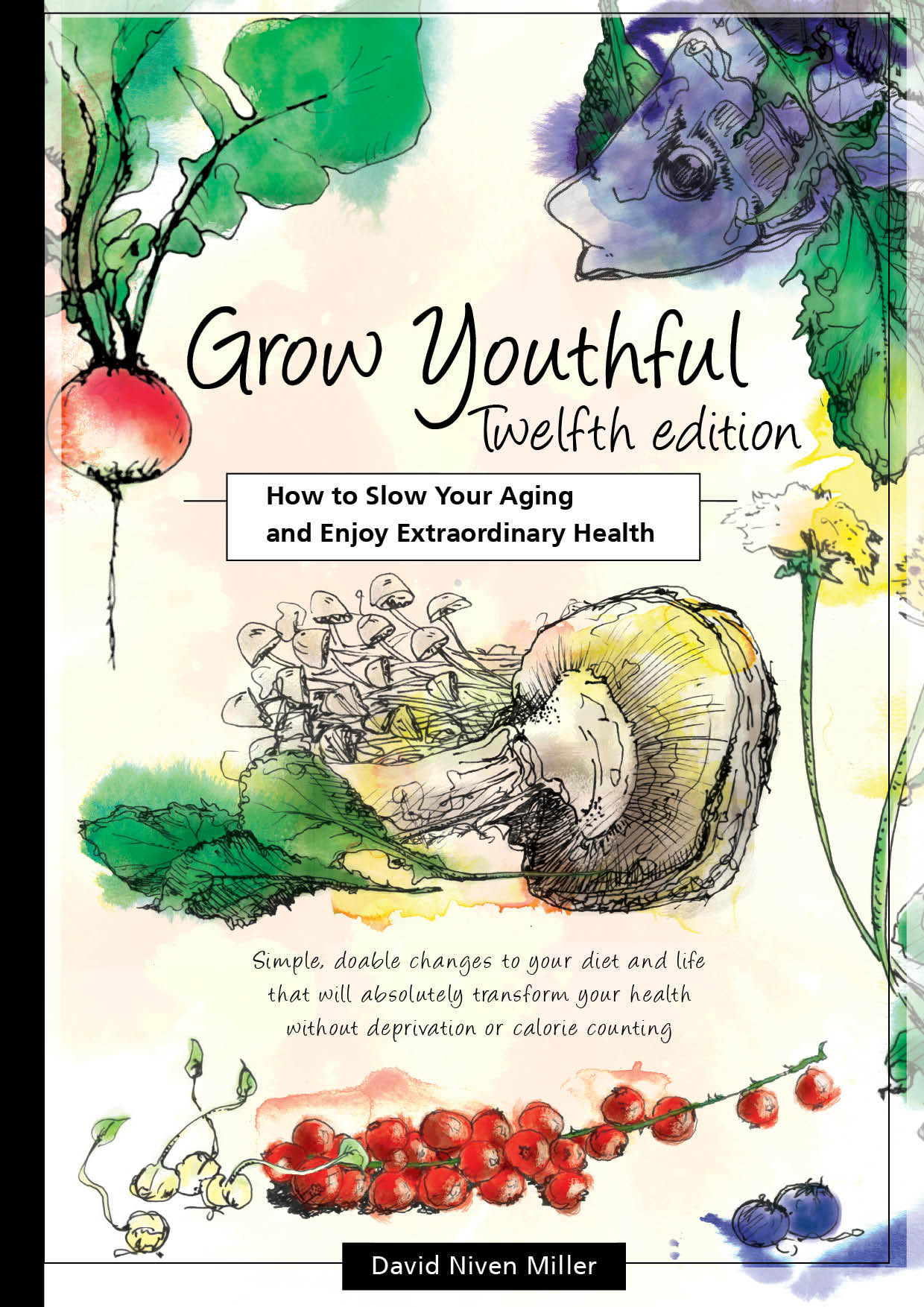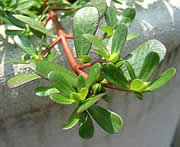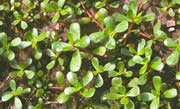
Purslane
Purslane is an herb with a long history of use as both a vegetable and a traditional remedy. It has an earthy, slightly acidic flavour and crisp, succulent stems and leaves. Its particular value is that it is probably the richest source of vegetable omega-3 fatty acid. It is also high in carotenes and vitamin C.

Unfortunately purslane is also very high in oxalic acid, so it is not a good vegetable to eat in large quantities every day.
How to produce high Omega-3 eggs and produce
Chickens and other farm animals love purslane, they just love it. Unlike humans, chickens and other animals are not too bothered by the oxalic acid it contains. Chickens are excellent little omega-3 converters. May I suggest that you feed your chickens and any other animals on purslane. They will provide omega-3 boosted eggs and produce. These high omega-3 eggs, meat and milk contain animal omega-3, which is easily digestible by humans. In contrast, vegetable omega-3 is not so easily digestible. This is one of the best possible sources of omega-3 oils that you can get today, similar to the wild animal foods that used to be available many years ago.

Today purslane is listed as a pervasive weed in the USA and many other western countries. The word "weed" is an unfair description for this valuable plant. Purslane is easy to grow, and often appears on lawns and garden beds. Most people don't know what it is and remove it as a weed. There are several varieties available to the gardener - the two best culinary varieties are summer herbs, portulaca oleracea (green purslane) and portulaca sativa (golden purslane).
Chinese medicine describes purslane as "cold", meaning that it is a cure for a "burning" heart and liver. Greeks call it a blood-cleansing herb. In Mexico, purslane is considered good for diabetics.
